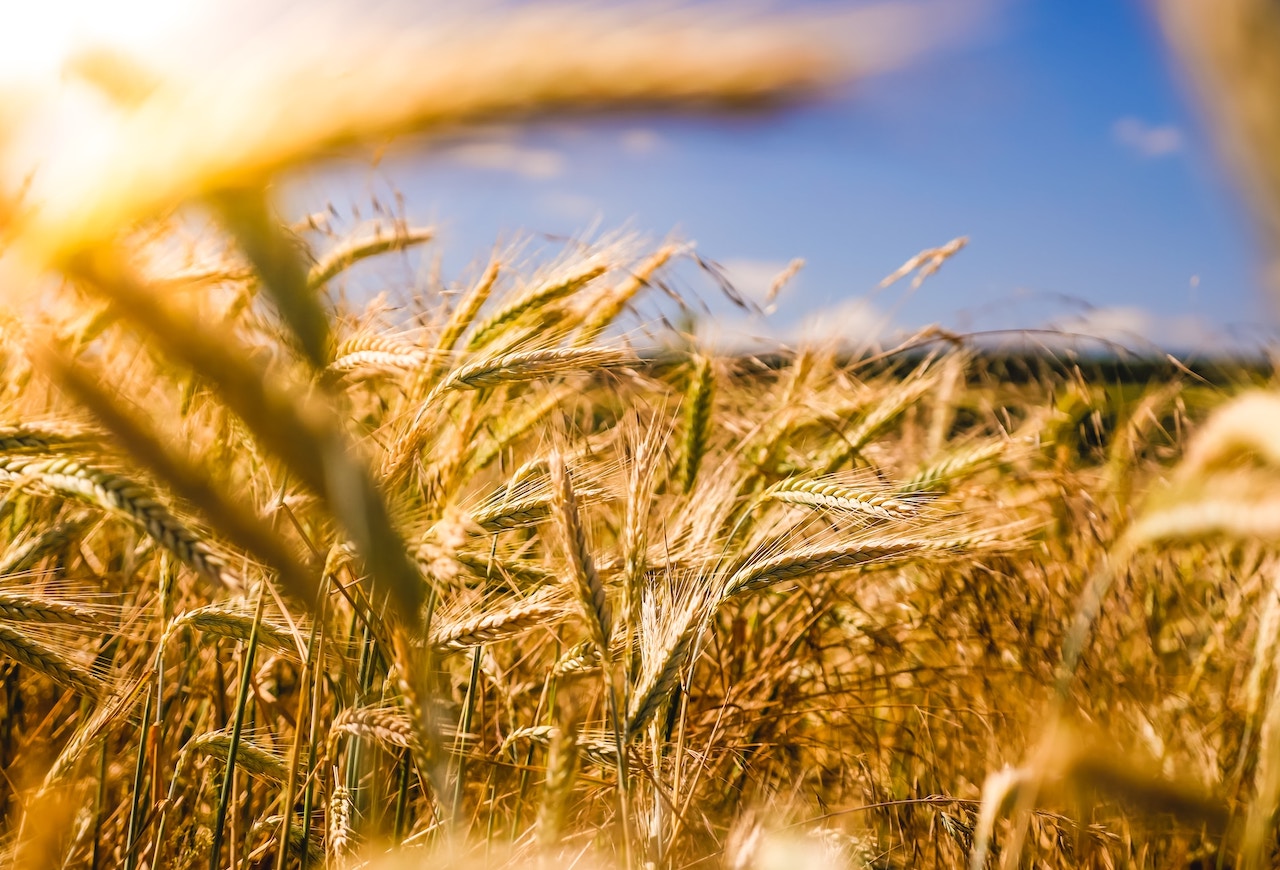Other key impact themes covered by these funds include access to food, food tech, smallholder farming, and small-scale fisheries.

Around 53% of all food-related impact funds invest in sustainable agriculture and farming, while 52% of total capital targeting food security was allocated to private equity growth funds, according to the latest report by Phenix Capital.
Of the 689 food-related impact funds on Phenix’s Impact Database, 32 were launched in the first quarter 2023, compared with 64 in all of 2022. In 2019, the peak year for issuance since 2015, 88 funds were launched.
Around 300 of all the food-related funds on the database were open for investment, with target sizes of €51bn. Total capital raised towards food security was €122bn, Phenix said.
Greater flows of public and private fund investment are urgently needed to combat the growing global food supply and security crisis, which is being exacerbated by the effects of global warming, economic uncertainties and political instability. The Food and Agriculture Organization (FAO) and World Food Programme (WFP) recently identified 24 hunger hotspots around the world, of which 16 are in Africa. Phenix said the rising cost of fertilizer, against the backdrop of higher hydrocarbons prices, is likely to make the problem worse.
Regulation aimed at stopping greenwashing is starting to have an effect on the sector, especially in the EU, where rules are tightest, according to the research. Although the database is global, and so covers funds not bound by EU regulation as well as those that are, around 30% of food security impact funds covered are classified as Article 9 funds, the greenest label in the EU Sustainable Finance Disclosure Regulation (SFDR).
Impact themes covered by these funds include access to food, food tech, smallholder farming, sustainable agriculture and farming, sustainable aquaculture, and small-scale fisheries.
Of real asset funds, 60% invest in farmland and cropland, while 80% of private debt funds have an emerging market focus. Nearly €10 bn of private debt has been allocated to sustainable agriculture and farming, with €7.5 billion allocated to smallholder farming.
Public and private equity are the most popular ways to invest in food security, accounting for almost €80bn allocated across 513 funds. Private equity has raised €47bn over 471 funds, while public equity raised €32bn in 42 funds and has a larger average fund size of €829m.
Aquaculture potential
Sustainable aquaculture has risen up the list or priorities for impact investors in recent years, spawning a number of pioneering funds. Phenix notes that the world’s oceans, which cover 70% of the planet, provides just 2% of the world’s food, despite seafood farming producing only 10% of the carbon emissions produced by beef farming.
Most debt allocated to sustainable aquaculture via food security funds has been public. The €14bn-equivalent of public debt directed towards the aquaculture asset class accounts for 45% of public debt assets on the database, almost as much as the €15bn (49%) allocated to sustainable agriculture and farming. By contrast, only 5.6% of private debt, equivalent to €1.1bn, has been allocated to sustainable aquaculture.
A relatively small amount of fund debt is targeting small-scale fisheries, which provide millions of jobs and vital food sources for some of the world’s poorest people. Only 1% of the funds on the database target small-scale fisheries, which together with aquaculture, provide the main source of animal protein for 17% of the world’s population.
Against this background, scaled-up investment in the small-scale fisheries sector could make a significant impact on lives. In sub-Saharan Africa, households engaged in small-scale fisheries were nine percentage points less likely to be poor than households engaged only in agriculture, according to one report published in Nature cited by Phenix.






